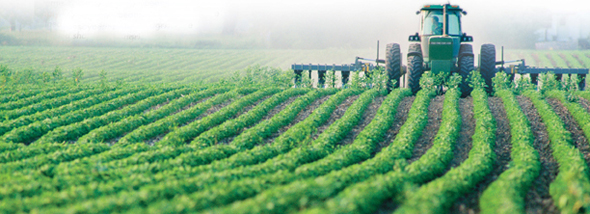Living on Island Earth Humans, like all forms of life, rely on Earth's life-support systems. And like all other organisms, we affect our environment when we obtain food, eliminate waste products, and build places to live. The effects of these activities can be most obvious on islands such as Hawaii because of their small size. Living on an island also can make people aware of limited resources and of an area's carrying capacity for humans because anything not available locally must be brought in from far away.
Most of us who live on large continents, however, probably don't think of land, food, and water as limited resources. In the past, environmental problems were local. There was always new land to settle and new sources of food and water. But today human activity has used or altered roughly half of all the land that's not covered with ice and snow. Some people suggest that as the global population reaches 7 billion people, we may be approaching the carrying capacity of the biosphere for humans.  Humans affect regional and global environments through agriculture, development, and industry in ways that have an impact on the quality of Earth's natural resources, including soil, water, and the atmosphere.
Humans affect regional and global environments through agriculture, development, and industry in ways that have an impact on the quality of Earth's natural resources, including soil, water, and the atmosphere.
 In Your Notebook Explain how Earth is like an island.
In Your Notebook Explain how Earth is like an island.
Quick Lab
GUIDED INQUIRY
Reduce, Reuse, Recycle 
1 Collect one day's worth of dry trash.
2 Sort the trash into items that can be reused, recycled, or discarded because they can't be reused or recycled.
Analyze Data Look at the trash you've sorted. Roughly what percentage of the total does each type represent?
Predict What do you think happens to the trash you produce? Think of at least three ways trash can impact living things.
Evaluate List three ways you can reduce the amount of trash you produce.
Analyze and Conclude
Agriculture Agriculture is one of the most important inventions in human history. A dependable supply of food that can be stored for later use enabled humans to gather in settlements that grew into towns and cities. Settlements, in turn, encouraged the growth of modern civilization—government, laws, writing, and science. Modern agricultural practices have enabled farmers to double world food production over the last 50 years. Monoculture, for example, is the practice of clearing large areas of land to plant a single highly productive crop year after year, like the soybeans in Figure 6–2. Monoculture enables efficient sowing, tending, and harvesting of crops using machines. However, providing food for nearly 7 billion people impacts natural resources, including fresh water and fertile soil. Fertilizer production and farm machinery also consume large amounts of fossil fuels.

FIGURE 6–2 Monoculture This farmer is using a tractor to plow a large field of soybeans. Apply Concepts How has agriculture helped shape civilization?
BUILD Vocabulary
PREFIXES The prefix mono - in monoculture means “one, alone, single.” Monoculture is the practice of planting a single productive crop, year after year.
Table of Contents
- Formulas and Equations
- Applying Formulas and Equations
- Mean, Median, and Mode
- Estimation
- Using Measurements in Calculations
- Effects of Measurement Errors
- Accuracy
- Precision
- Comparing Accuracy and Precision
- Significant Figures
- Calculating With Significant Figures
- Scientific Notation
- Calculating With Scientific Notation
- Dimensional Analysis
- Applying Dimensional Analysis




